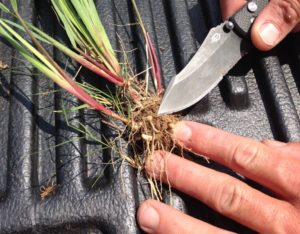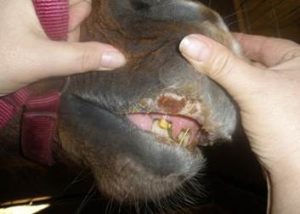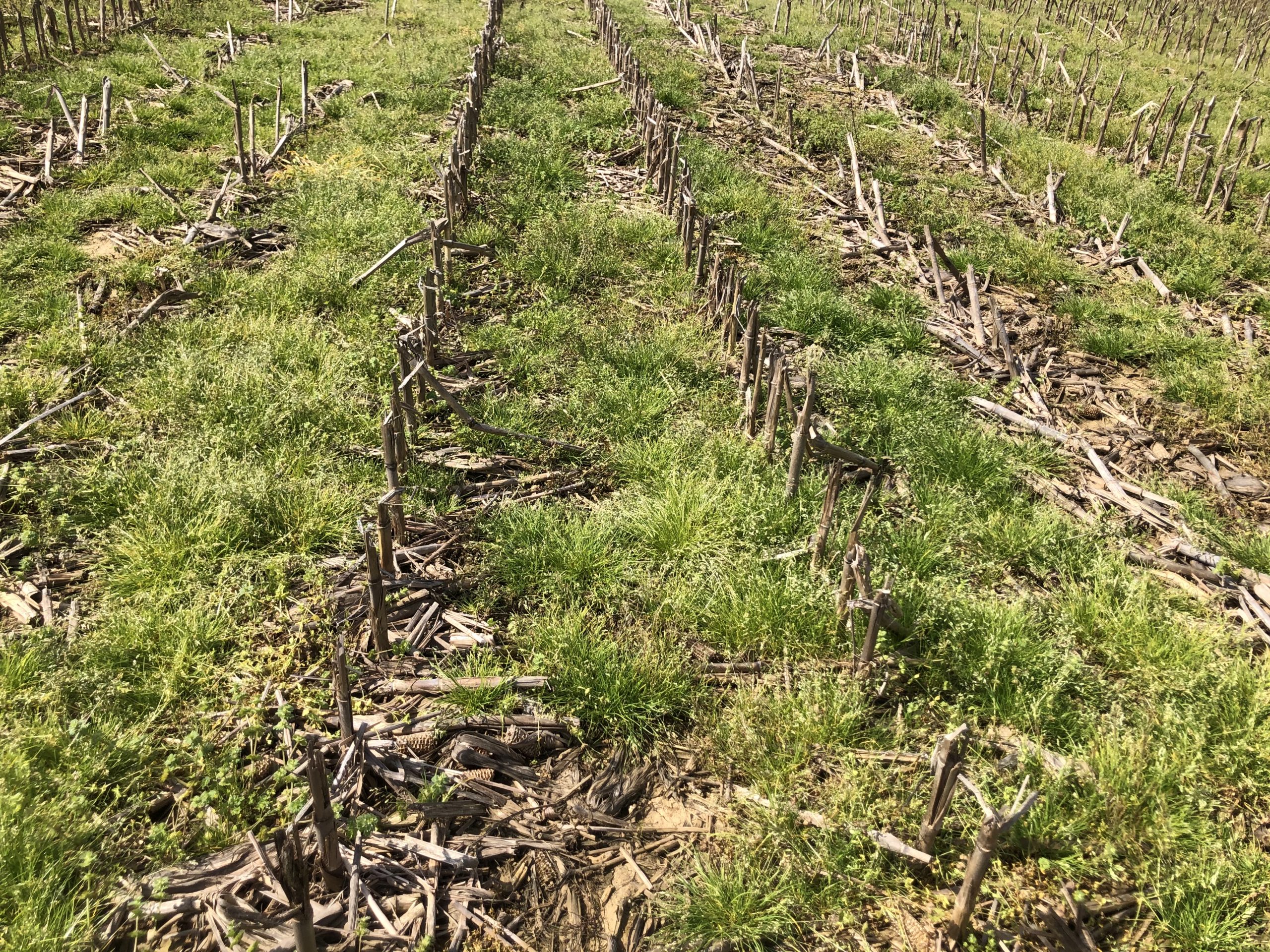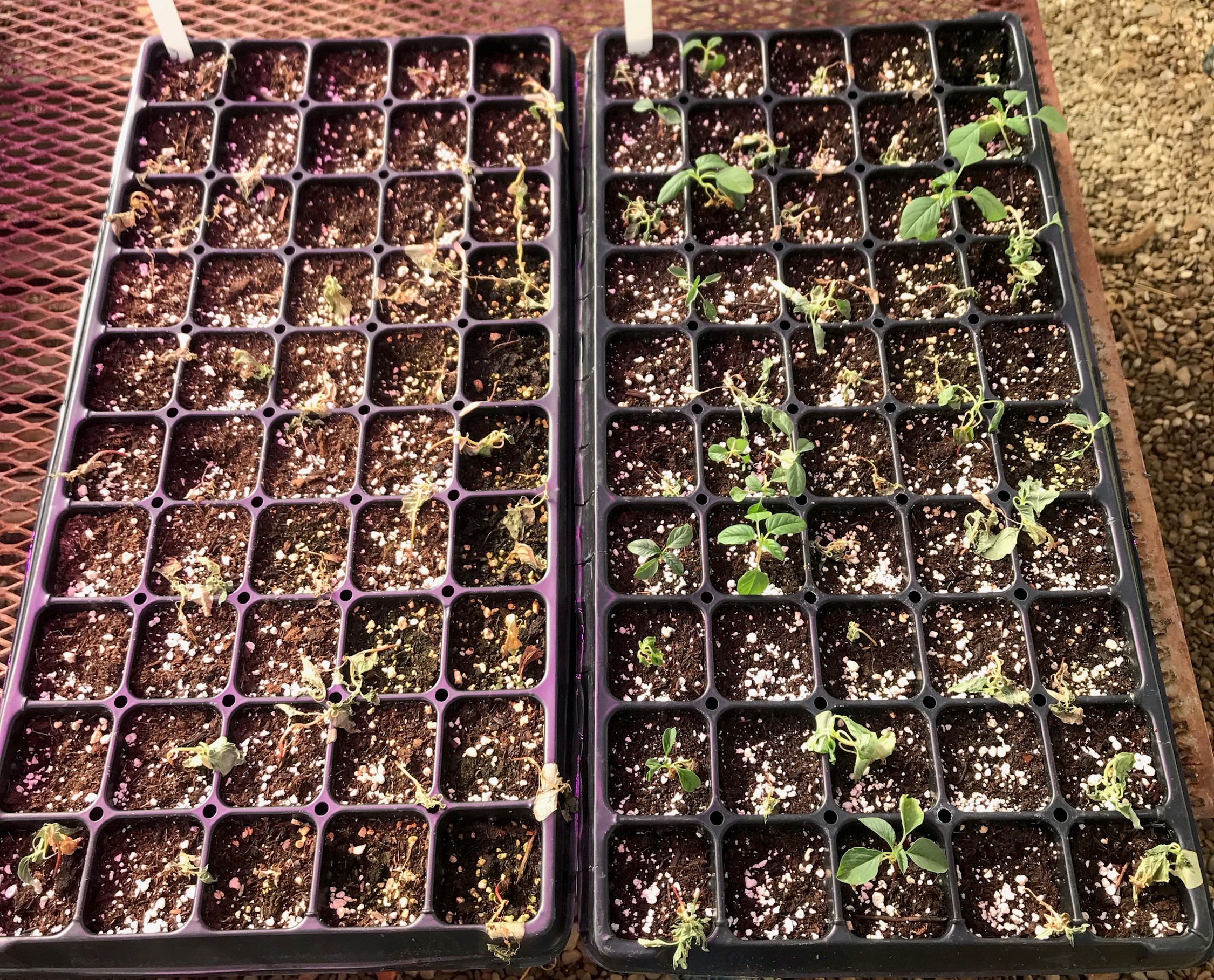
The results of some studies UT Extension has done to try to determine why junglerice has become a major weed pest in Tennessee Xtend cotton and soybean acres has provided some insights. This research was in-part supported by the Tennessee Soybean Promotion Board and from Cotton Incorporated. Continue reading






